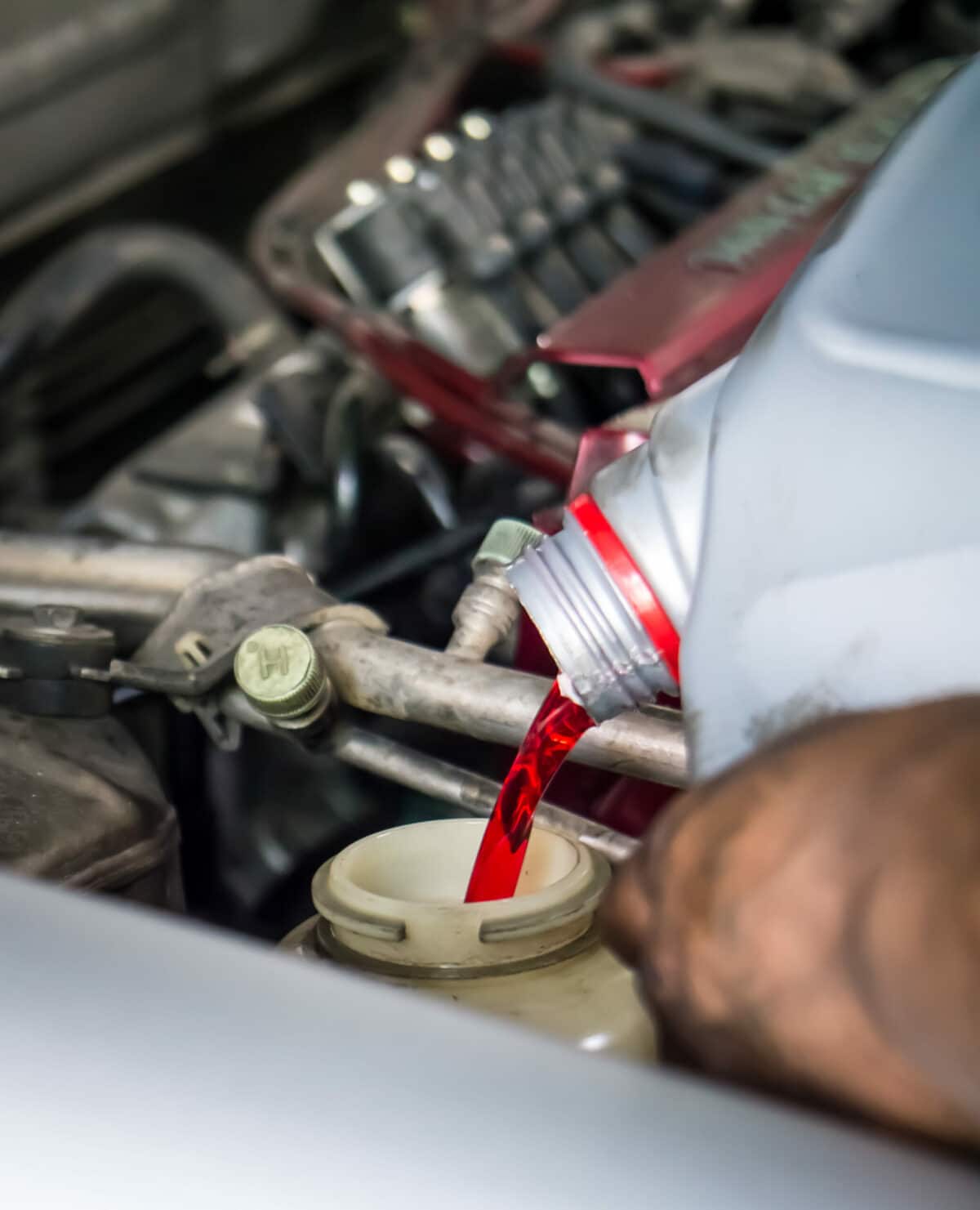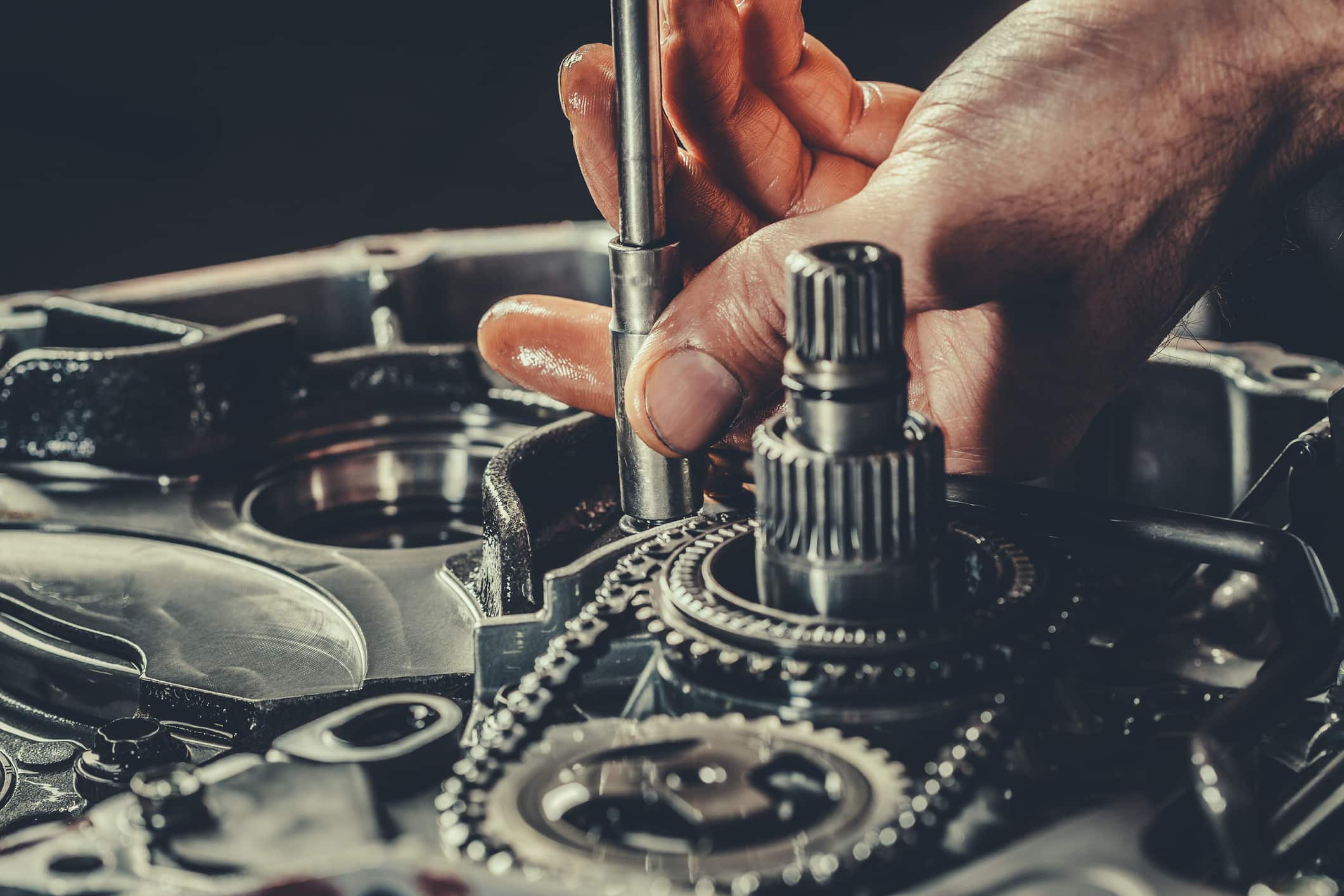
As a vehicle owner, the ability to do small maintenance tasks can save you a few dollars here and there. Installing a new car battery, adding oil, or screwing on an air filter are small tasks most car owners can do. However, it is another ball game when it comes to fixing a transmission and any parts associated with it. You’ll need the professional assistance of an expert.
Many car owners make the mistake of visiting standard auto mechanics or service centers. Although the average mechanic can easily handle simple transmission repairs, they don’t have the requisite tools for high-tech diagnosis of transmission problems.
If your transmission has a more serious issue, a standard auto repair mechanic may not be capable of handling it. You will still need to find a transmission specialist who knows the ins and outs of vehicle transmissions and can expertly and accurately diagnose its problems.
This will cost you 2x more money and precious time, which you should not trade for anything. In order to avoid these, you should always opt for a specialist anytime you have transmission problems.
The Advantages of Hiring an Expert for Fixing a Transmission
If you are still not too convinced about the importance of having a specialist work on your faulty transmission, these benefits would:
1. Repair Complexity
Transmission is one of the most integral and complex pieces of a vehicle’s system. Unlike the punctured car tire you can easily change or a small hose you can patch without breaking a sweat, transmission issues are usually complicated.
Transmissions are made up of multiple components and pieces, and each of these parts can easily experience problems. Moreover, transmission designs vary by model and make.
Only a well-trained and experienced professional can swiftly give an accurate diagnosis of any transmission problem. Experts use industry-specific computer programs to tap into the computer system of a modern vehicle in search of accurate diagnoses of car issues.
Professional mechanics know how to run these computer programs efficiently. They also possess the necessary tools – which often reflect the complexity of transmission repairs – required to fix faulty transmissions.
2. Warranty Protection
At least two iron-clad warranties become functional here. First, having an expert perform transmission repairs helps protect your vehicle’s warranty. Secondly, most highly trained and experienced specialists offer their own warranties on transmission repairs.
This implies that in the rare or uncommon case the expert misses something during transmission repairs, you will be protected from paying out of your pocket for additional repairs.
Ensure you make inquiries, read, and fully understand whatever extended manufacturer warranty the mechanic offers before they start working on your vehicle.
3. Cost-Efficient
Fixing your transmission can be expensive, especially if you don’t have the ideal tools. You should not engage in such activity without the necessary repair components and tools.
Hiring an expert is the most affordable choice since they have all the right tools and repair components.
4. Eliminate the Stress of Repairs
It doesn’t even matter if you are an experienced Do-It-Yourself mechanic. The pressure of getting your vehicle running again in top-notch condition will subject you to a lot of stress.
For instance, you will spend lots of money – and time – tracking down the appropriate tools for fixing the defective transmission. Taking down, repairing, and re-installing a transmission is not a one-man job, i.e., you will require at least another pair of hands. You will need to call up a couple of your friends who also have time to kill and are willing to assist you in your repair quest.
As you can already see, the stress of doing it yourself is not worth it. The best way is to get an expert to check the transmission, give accurate diagnoses, and take steps to fix the issues for good.
5. Peace of Mind
Having an expert work on your vehicle’s transmission gives profound peace of mind. Maintaining a healthy transmission or repairing a faulty one will get you through adverse conditions such as off-road terrains, bad weather, etc.
A professional mechanic can easily detect the daily wear-and-tear issues transmissions undergo. They can fix these issues before they escalate into something significant and expensive.
6. Specialization
A car transmission expert is not the usual Jack-of-all-trades mechanic in many cases. An expert has undergone the proper training and is certified and knowledgeable at efficiently diagnosing high-tech transmission issues, especially in heavy-duty vehicles like trucks and vans.
They also have a better experience as understanding particular causes of transmission issues in specific vehicles is their forte. This is what you need if you value your time and money.
Quick Tips to Keep Your Vehicle Transmission Healthy
Keeping your vehicle transmission in tip-top shape on a daily basis is highly essential. Follow these quick tips that will help ensure your transmission remains healthy at all times:
Transmission Flushes
It is vital to change your fluids from to time. Having low fluids and not doing anything about it is a recipe for future transmission issues or difficulties.
Always address low transmission fluid as soon and as soon as possible. Avoid driving your vehicle when its transmission fluid is low or below the recommended level.
Replacing a seal is less expensive, can easily fix the problem, and save you lots of your hard-earned cash on repairs down the road.
Do Not Ride the Brake
You force your transmission to work even harder whenever you drive with your foot heavy on the brake pedal. Avoid doing this as much as possible in order to prevent transmission problems.
Use the emergency brake each time you park your vehicle on an incline. This helps to minimize stress on the parking lineage.
Always Stop Your Vehicle Completely Before Shifting from Reverse to Drive
Anytime you are in reverse, such as backing out of a particular parking spot, etc., ensure you stop your vehicle completely before shifting into Drive.
You must have experienced the dreaded ‘engine drop’ when you don’t stop before shifting gears. When you stop completely before shifting gears, it helps prevent the transmission from unwarranted strain.
Leave it to the Professionals
The benefits of hiring an expert for fixing a transmission cannot be overstated. You may be able to do minor fixes like changing your car tires, installing a vehicle battery, or even screwing on an air filter.
But when it comes to repairing a faulty transmission, leave it to the professionals. You will have profound peace of mind, protect your warranty, and have a specialist handle every complex issue on your behalf.
For more tidbits on transmissions, converters, controllers, and more, visit Gearstar each week. For any questions or inquiries, contact one of our professionals today. We would be glad to assist you, whether it be for a GM, Mopar, or Ford transmission. You may also visit our support page for resources and how-tos for installation tips, tricks, and more.










